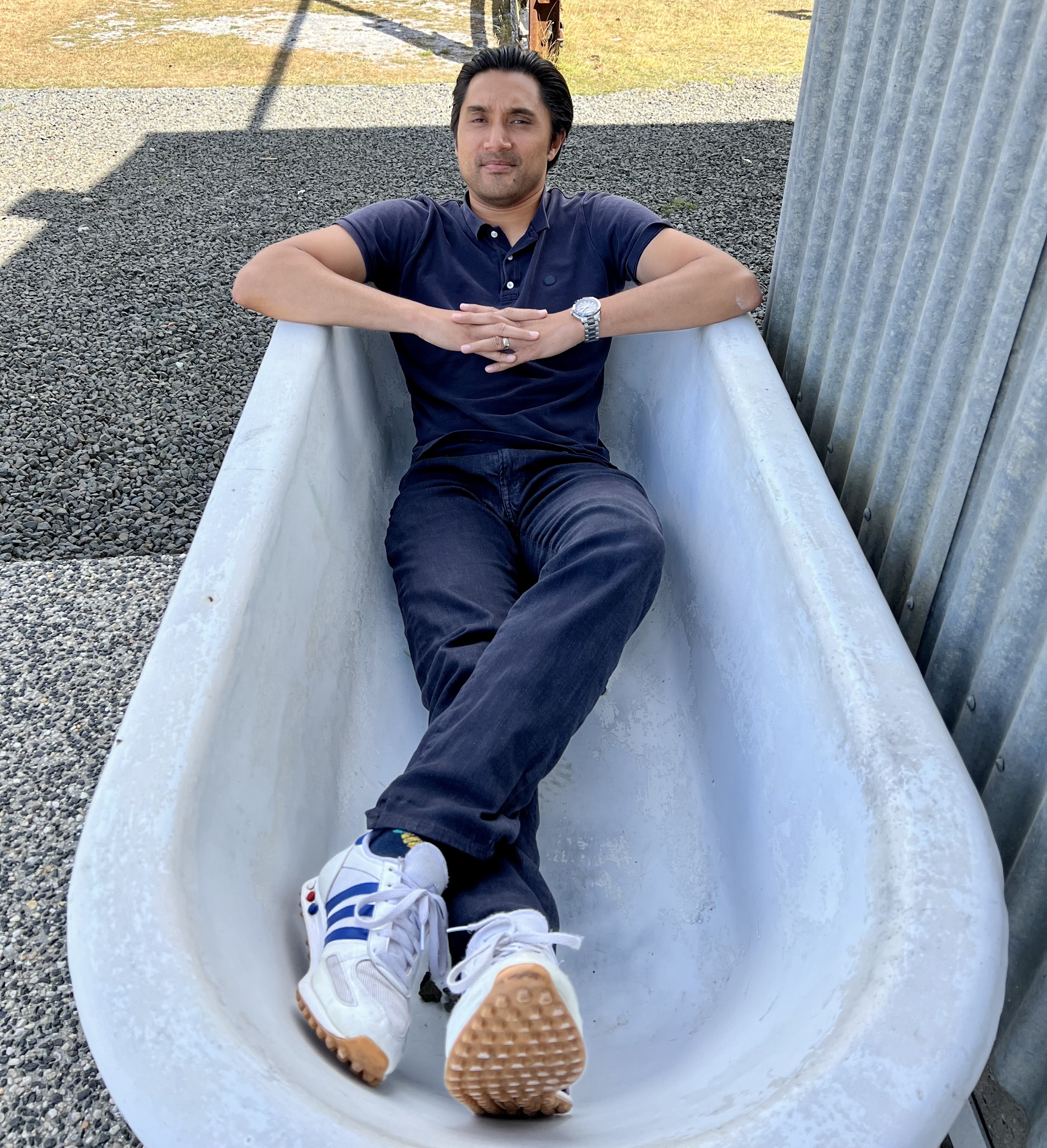How insurance became one of Australia’s most exciting marketing battlegrounds
Welcome to the first Unmade special report.
Today marks a new phase for Unmade as we move into the next stage of our plan to bring you authoritative analysis that isn’t necessarily available elsewhere.
Having joined Tim Burrowes at Unmade in February with a remit of delivering specialised content for our paying subscribers and running the back end of the business, today I can share my first piece of work.

With the insurance sector among the most innovative and competitive in the marketing industry, we’ve chosen that as our first topic for an in-depth briefing.

